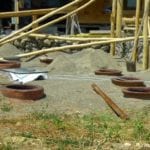Last Updated on 8 September 2024 by Cycloscope
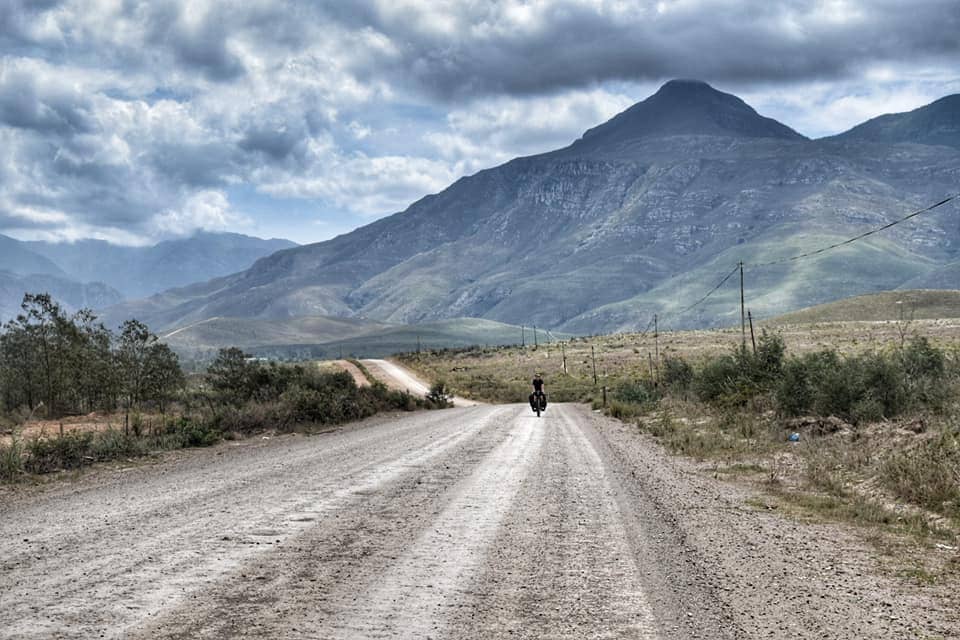
Our cycling trip in South Africa continues leaving the coast to the inner area, from Hermanus to Caledon, Greyton, Riviersonderend, and Swellendam.
This is the description of the second part of our South African itinerary, cycling from Hermanus to Swellendam, 170km in the immediate interiors of the Western Cape. 50km of it is compacted gravel, maybe the nicest section.
Overall not a difficult ride, with some 1,880 meters of elevation gain. A really interesting section, besides the mandatory N2 section, very boring and loud.
- Check the first part of our South African ride Cycling the coastal route from Cape Town to Hermanus
- Are you interested in what to see in Cape Town? Check this
- Want to learn to fly on the waves with kitesurfing? Here is the story of our kitesurfing course in Cape Town
Check also
Cycling South Africa
Meeting the hippos in St. Lucia
An alternative Garden Route itinerary
Sani Pass, the highest pass in South Africa
Road Tripping Lesotho – Itinerary and things to know
Cycling Hermanus to Swellendam – Itinerary and GPS file
This section of our bicycle itinerary in South Africa is a short 168km with just 1,880 meters of elevation gain. It can be easily done in two days. Swellendam and/or Grayton are worth a day off, there are also great hiking opportunities in the Riviersonderend Nature Reserve.
From Hermanus to Greyton – 70km
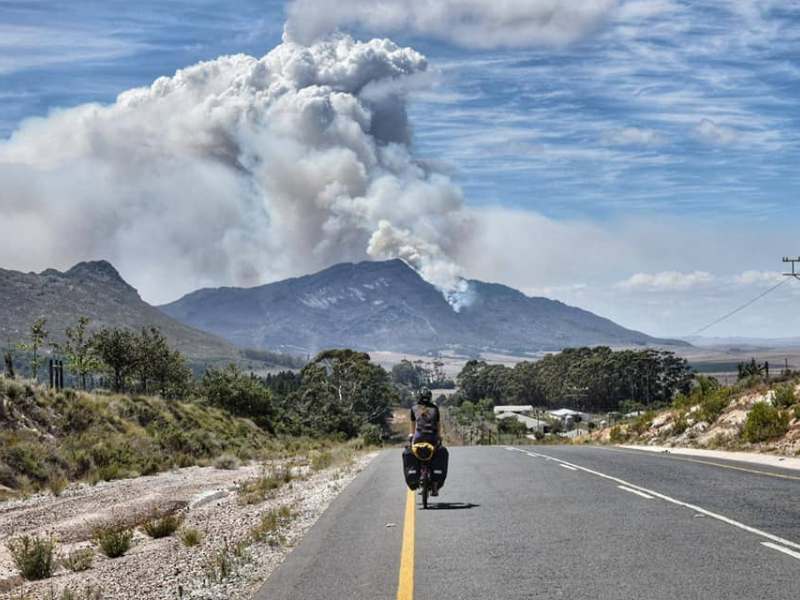
From Hermanus onwards, the road stays far from the shore and becomes narrower and busier, so we choose to take road R320 towards Caledon and explore the interiors a bit.
The R320 is another scenic ride, the first section being through a lush forest before the real climb begins, passing the wine estates of Des Dieux Wineries to the Shaw’s Mountain Pass (only 350msl but quite nice). The Shaw Pass, which takes its name from the homonymous mountain, is 6 km long offering wide views of the agricultural valleys to the south. It contains 15 switchbacks of which only one exceeds 9%.
The pass is not very high but offers a beautiful view of the surrounding valleys of the Overberg district, where the vineyards, protea, fynbos, and wildflowers meet. During the summer the fires are quite frequent and it is really sad to see all this nature going up in smoke in front of your eyes.
Then descending to Caledon (13.000 people), an ugly city with the usual slum, few guesthouses, and a big factory at its entrance, probably a food processing plant. The scorching heat in the semi-desert climates of South Africa is really an obstacle, we soon discover that shadow is a very rare thing along the roads of this country.
We slept in a guest house in the center, equipped with a kitchen. Needless to say, we brought our bikes inside. Never leave your bikes outside at night in cities, no matter how effective your lock is.
Greyton, between vineyards and mountains
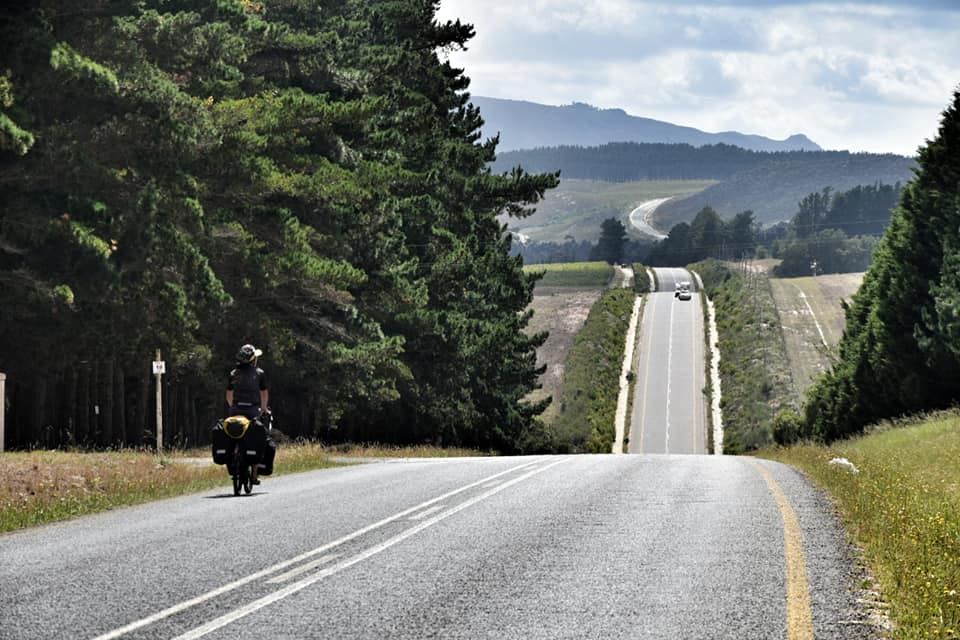
From Caledon there’s a short section of N2 highway before taking the R406 to Grayton, this road is nice but not spectacular, with farms and vineyards in a semi-arid landscape.
Greyton is a little cozy touristic town, full of restaurants, cafes, and guesthouses, set at the foothill of the Riviersonderend Nature Reserve. The Riviersonderend Mountains are nice and green, with many streams coming down and forming waterfalls… not in summer though.
Its official foundation dates back to 1854 but these lands were already inhabited by the Hassequas Khoikhoi, a nomadic population native to the south-western area of South Africa. Their main village was located near the Gobos river, to which they dedicated the name of their ancestral leader.
These populations possessed hundreds of cattle that, since the end of the 1600s, they traded with merchants from Cape Town. They then moved to the Boschmanskloof, inside what is now the Riviersonderend Nature Reserve, where they built mud-brick houses that are today the foundations of many of the modern houses.>
Many of the original buildings in the city of Greyton have survived, as well as the original irrigation system for the streets and two old churches, built in the second half of the nineteenth century.
Riviersonderend Nature Reserve
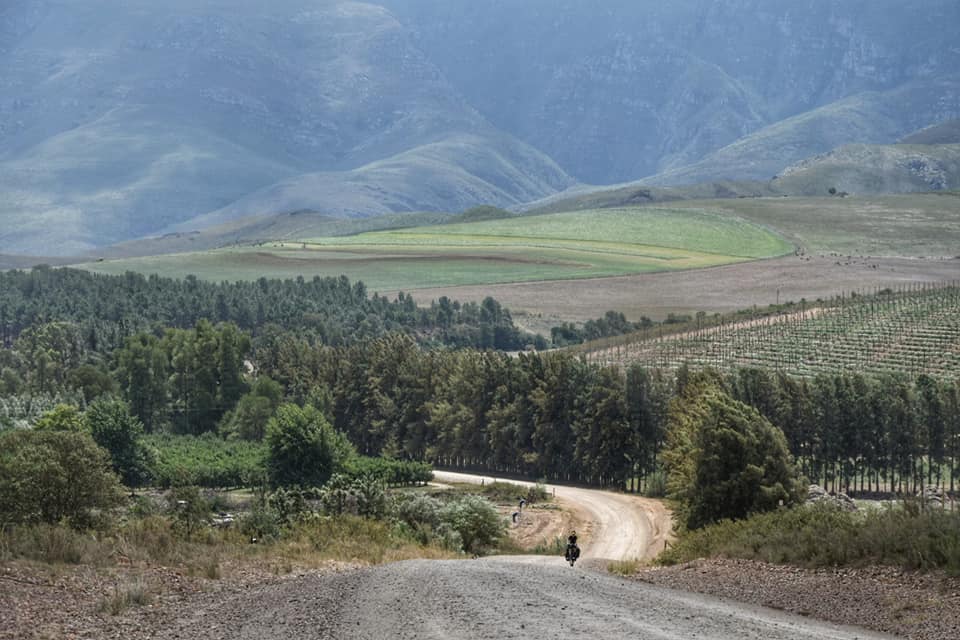
The Riviersonderend Mountains are beautiful and green, with many streams coming down and forming waterfalls, but unfortunately not in summer when almost everything is dry.
The Reserve can be accessed from Greyton, Riviersonderend, or Mcgregor and offers many opportunities for hiking, both on foot and by bicycle.
Among these is the Genadendal hiking trail that begins and ends in the historic town of Genadendal and is quite challenging, but you will enjoy a wonderful panoramic view of the Worcester/Robertson Karoo and the Overberg.
If you want to go all the way, keep in mind that it is 25 kilometers so you will need to take it with you for at least two days in nature.
R406: 35 kilometers of dirt road connecting Greyton to Riviersonderend

The road that connects Greyton to Riviersonderend, if you don’t want to ride in traffic on the N2 asphalt, is the R406 which is definitely panoramic. It is a 35 km unpaved road that runs along the small but splendid mountain range.
It passes mostly through agricultural lands, but the numerous hills make the landscape always changing and constantly surprising: vineyards, apples, sheep, flowers, berries, and the mountains are always at your side.
Riviersonderend is an almost non-existent city, with two restaurants (excellent cakes in the second, while the first is too expensive), a service station with fast food, and one or two guesthouses unknown to Google Maps.
Swellendam, the third oldest city in South Africa
Unfortunately, from Riviersonderend the only road that leads to our next stop, Swellendam, is the N2, the national highway, which here is super-boring and heavily trafficked, especially on weekends. Swellendam is the third oldest city in South Africa, although quite spread out it has only 17,000 inhabitants.
Swellendam was founded by the Dutch in 1652 and you will find many buildings and churches in the Dutch Cape colonial style, there is also a colonial museum for those interested, the museum is located in a beautiful public park where a craft market is held every Saturday morning.
But the most interesting thing for us in Swellendam is the Project MVP by our friend Andrew, visit him and support his struggle to restore the endemic vegetation of South Africa fighting against the alien plants brought here hundreds of years ago when nothing was known about the environmental impact and the damage that could be caused.
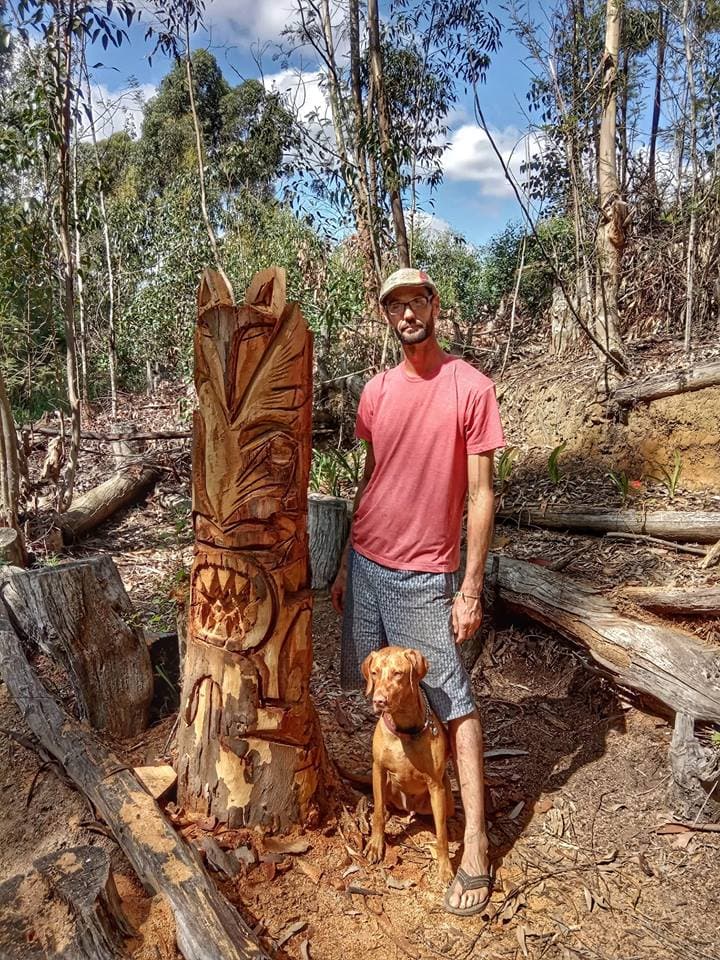
- Check the first part of our South African ride Cycling the coastal route from Cape Town to Hermanus
- Are you interested in what to see in Cape Town? Check this
- Want to learn to fly on the waves with kitesurfing? Here is the story of our kitesurfing course in Cape Town


